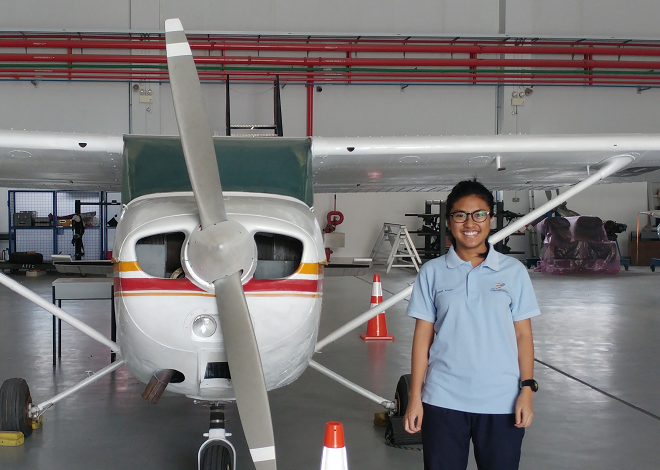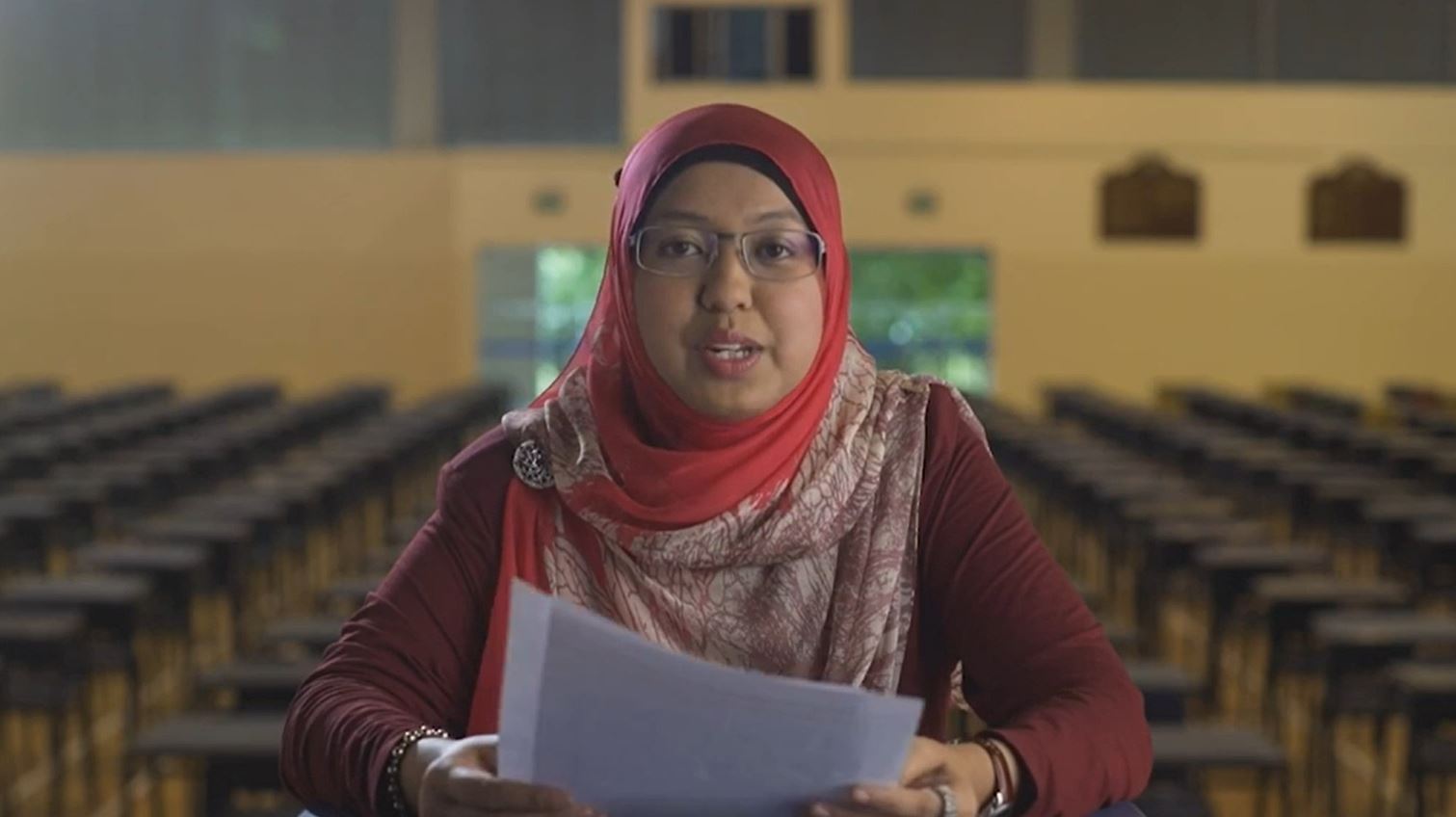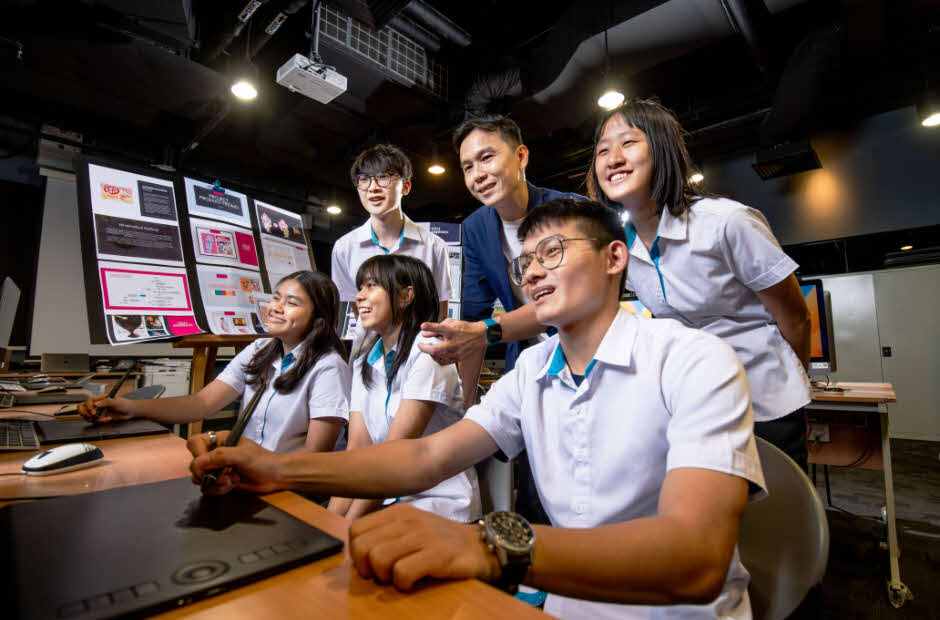Aircraft hangars are vast, but it could seem they do not have the space for women such as Ms Amirah Roslan.
The 23-year-old is an aerospace student, keen to get her hands dirty putting together the engine or checking if a plane’s wings are in good condition.
The guys in this male-dominated field of aerospace engineering, however, often give her quizzical looks whenever they see her — the only female technician on the hangar floor.
“They are always curious and ask, why do you want to take up this work?” shared Amirah.
“It is hot, tiring and requires shift work. By the time one gets the licence to practise as an engineer, they say, it’s biologically time for women to start a family and have children.” To Amirah, she believes that if one is willing to be in this field, woman or not, it’s up oneself to work things out.
Internship Learnings
During her first internship at a large aerospace company two years ago, she and another female student found themselves relegated to the office doing manual data entry as the company was then aiming to go paperless.
In contrast, her two male classmates managed to enter the hangar to observe what the engineers did and helped them monitor the time they took to finish certain tasks.
“It’s scary that it is a man’s world. There is this perception that girls can’t do engineering jobs even though there are female aerospace engineers in other countries,” she said.
During her second internship with another company in 2015, she finally gained access to the hangar. But she ended up just helping the technicians with menial tasks like clearing debris and printing labels while her male peers did the heavy duty work of checking on the planes.
She did not speak up then, as she preferred to channel her energy on more productive things such as sharpening her skills at the workplace.
After graduating with a diploma in aerospace systems and management at Nanyang Polytechnic, she continued her studies with the Air Transport Training College (ATTC), and is now on track to getting a degree in aircraft engineering.
Taking Flight
Perhaps it was third time lucky, but she had a better experience with her third internship with yet another aerospace company that ended in August last year.
This time, she was responsible for putting together engines after they were taken apart for servicing and changing screws that have been corroded on certain aircraft.
“The excitement and pride I get is derived from doing simple ‘hands-on’ things such as changing screws to watching a plane fly after the servicing is done,” she said.
Taking the road less travelled – at least for women – was not something Amirah set out to do from the start. But she was always drawn to aeroplanes and how something so heavy could soar in the sky.
This was perhaps why she was not much of a “book-based”, or academically-inclined, person in school. Easily distracted, she could not focus on tasks that stretched beyond ten minutes. So while the teacher droned on in class, she was doodling on the pages of her textbooks.
But she recalls fond memories of building things like wooden clamps and first aid kits from scratch.
It was not surprising that her best O-Level score was for Design and Technology – a hands-on technical topic rather than an academic subject.
Gaining Altitude
When it was time to apply for a polytechnic course, she put down courses such as pharmaceutical sciences and biomedical engineering mostly because of her mother’s wish for her to pursue a science-related course. Aerospace systems and management was eighth on her list.
But as fate would have it, she did not get her first seven choices. Instead, she got what she really wanted – the aerospace course – and went ahead despite her mother’s concerns about a possible lack of opportunities.
“Interest grows the more you learn about it and get better at it. For me, what captured my imagination was the science behind the engineering feat of being able to see a huge metal body, with so many things on it and weighing so [much], in the air,” she shared.
Her budding interest in this field was further piqued when her polytechnic sent her for a safety course conducted by the ATTC, which is based in Seletar.
At the course, the instructors shared stories of how workers lost their fingers or landed in hospital when they were not careful with tools or aware of their surroundings.
Far from putting her off the job, these slightly morbid tales drew her in and made her realise how much emphasis was placed on safety in the industry. She was also attracted by the heavier weightage of practical elements in ATTC’s curriculum which suited her preferred learning style more.
She decided to enrol in that school for a degree after she graduated from polytechnic.
Fortunately, the degree – which costs close to $40,000 – was significantly subsidised by then-Singapore Workforce Development Authority.
Now, she is hoping her dream of eventually working as an aircraft engineer will take off. Her parents, realising that this is what she wants to pursue, are supportive of her efforts and are helping to look out for opportunities in the field for her as well.
“I want to work in a hangar as an engineer fixing the different aircraft problems for the rest of my life,” she declared, before quickly adding with a wry smile: “If I can get the job.”






